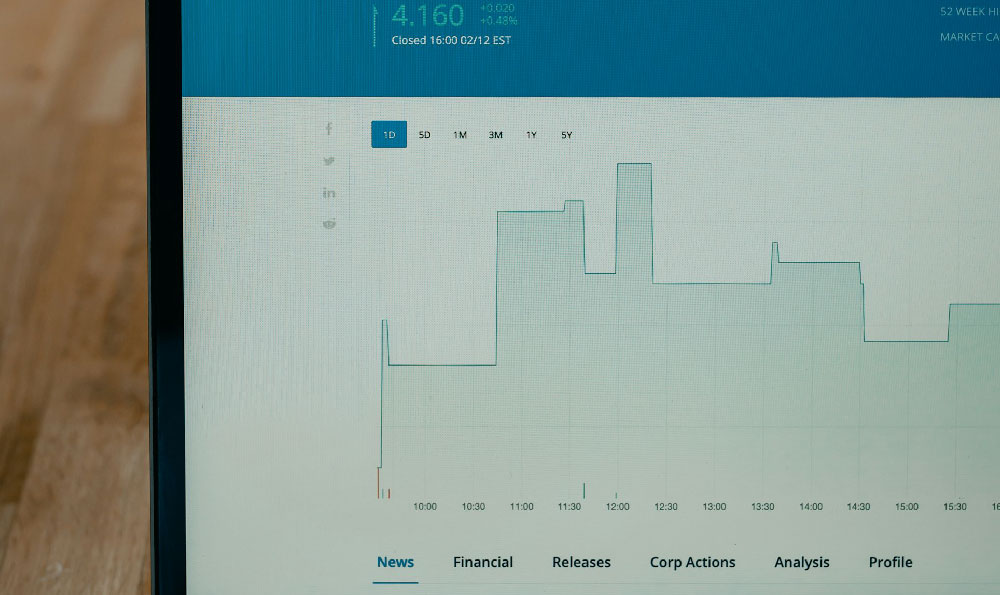The concept of part-time work, while seemingly straightforward, involves nuances that extend beyond simply working fewer hours than a full-time employee. Defining what constitutes part-time work necessitates considering factors like the number of hours worked, the benefits offered, and the specific regulations in place, which can vary considerably depending on the jurisdiction and industry. Determining when a job is classified as part-time is not always a black and white matter; it hinges on a combination of legal thresholds, employer practices, and societal norms.
One of the primary determinants of part-time work is the number of hours an employee works per week. A commonly accepted benchmark is anything less than 40 hours a week, which is generally considered the standard for full-time employment in many countries. However, the precise cut-off can differ. For instance, some companies might define full-time as 37.5 hours per week, thereby classifying anything below that as part-time. Moreover, labor laws in certain regions may specify a particular number of hours that must be exceeded for a role to be considered full-time, thus implicitly defining part-time status. It's crucial to consult local labor regulations to ascertain the specific hourly threshold that distinguishes part-time from full-time employment.
Beyond the numerical definition based on working hours, the nature of the employment contract also plays a crucial role. Part-time positions often involve different contractual arrangements compared to full-time roles. These differences can manifest in the form of shorter contract durations, greater flexibility in scheduling, and a varying degree of job security. Part-time employees may be hired on a temporary basis to cover peak periods or specific projects, or they might be employed on a more permanent basis but with reduced hours. The terms of the employment contract typically outline the expectations and responsibilities of both the employer and the employee, further clarifying the part-time nature of the position.

Another significant aspect that differentiates part-time from full-time work is the access to employee benefits. Full-time employees typically receive a comprehensive package of benefits, including health insurance, paid time off (vacation, sick leave), retirement plans, and life insurance. In contrast, part-time employees may have limited or no access to these benefits. The availability of benefits can be a key indicator of whether a position is considered part-time or full-time, even if the employee works close to the full-time hour threshold. The specific eligibility requirements for benefits vary by employer and are often subject to legal regulations, such as the Affordable Care Act (ACA) in the United States, which mandates that employers provide health insurance to employees who work an average of 30 or more hours per week.
Furthermore, the scope of responsibilities and the level of commitment expected from part-time employees can differ from those of their full-time counterparts. Part-time workers might be assigned specific tasks or projects, rather than being responsible for the overall functioning of a department or team. They may also have less decision-making authority and fewer opportunities for advancement within the organization. The nature of the work itself can thus provide additional clues as to whether a position is classified as part-time.
The industry in which the work is performed can also influence the definition and classification of part-time work. Industries such as retail, hospitality, and food service often rely heavily on part-time employees to cover fluctuating demand. In these sectors, part-time work is more prevalent and accepted, and the definitions of full-time versus part-time may be more flexible compared to industries with more stable work patterns. The prevalence of part-time work in a particular industry can shape both employer practices and employee expectations.
Societal norms and cultural expectations also play a role in shaping the perception and classification of part-time work. In some cultures, part-time work is seen as a less desirable option, often associated with lower pay and limited career prospects. In other cultures, part-time work is viewed more favorably, providing flexibility for individuals who need to balance work with other commitments, such as family care or education. These societal attitudes can influence the legal and regulatory framework surrounding part-time work, as well as the way employers treat part-time employees.
In conclusion, defining part-time work and determining when hours are classified as such requires a multi-faceted approach that considers the number of hours worked, the terms of the employment contract, the availability of benefits, the scope of responsibilities, the industry, and the prevailing societal norms. While the 40-hour work week often serves as a general benchmark, the precise threshold and the associated rights and benefits can vary considerably. It is essential to consult local labor laws, review the employment contract carefully, and consider the specific context of the work to accurately classify a position as part-time or full-time. The classification has significant implications for both employers and employees, affecting compensation, benefits, legal protections, and career opportunities.












